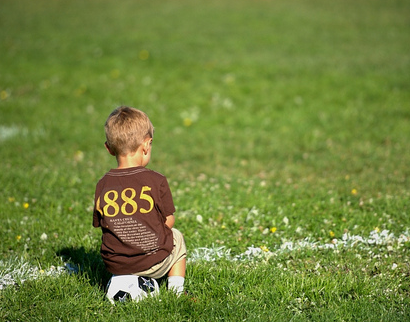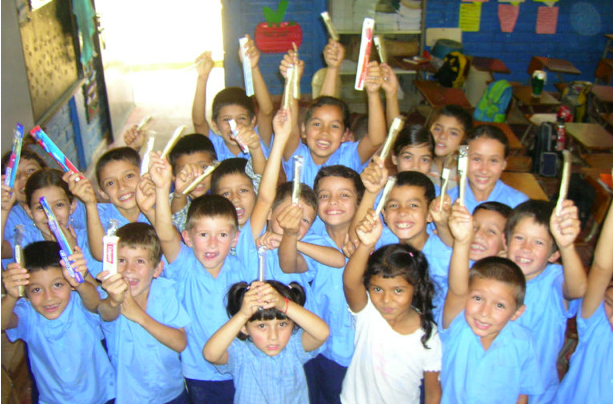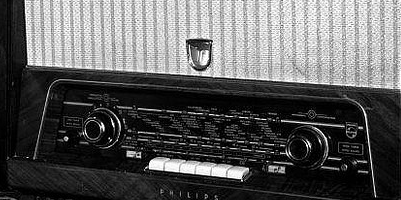The following is a list of needs and modifications to help a child with an emotional behavioral disorder, EBD, find success in all environments.
Need 1:
Kids with an Emotional Behavioral Disorder may have difficulty establishing a variety of relationships
Modification:
- Set up goals aimed at social interactions
- Use role-playing situations
- Use seating arrangement to encourage social interaction.
Need 2:
Children with an emotional behavioral disorder often have skewed views of their long term possibilities and desires
Modification:
- Include students with EBD in the planning process and IEP, so they can visual and voice their goals.
- It can also help for them to note the goals it will take to get there.
Need 3:
Children with an Emotional Behavioral Disorder are often achieving academically below their non-disabled peers in reading, writing, and arithmetic.
Modification:
- Set up personalized goals and strategies, so that the child can find success.
- Early detection and intervention is the best strategy
- Children with Emotional Behavior Disorders may present extra challenges to caregiver in forms of outbursts and disobedience. The caregiver cannot give into this as it only validates the child’s behavior. Instead caregiver needs to challenge students to keep them learning new skills
Need 4:
Children with an Emotional Behavioral Disorder may appear easily distracted, less attentive, and have poor concentration
Modification:
- Set clear rules and expectations with visual stimulating material.
- By setting up an environment and materials that are stimulating, children can stay more engaged and interested.
Need 5:
Children with an Emotional Behavioral Disorder may be dishonest, blame others, manipulate situations, and bully others
Modification:
- Clearly post rules
- Stay consistent in expectations
- Set limits and Boundaries
- Use behavior contracts
- Use a highly structured environment
- Develop a cue word for the child to note inappropriate behavior
Need 6:
Students with Emotional Behavioral disorders are often truant from school and disruptive when present
Modification:
- Communicate with parents, so similar strategies and expectations are used at home
Need 7:
Kids with an Emotional Behavioral Disorder often have low-self esteem, high stress points, and may engage in self-injurious behaviors
Modification:
- Establish a quiet cool off area
- Teach self-talk to relieve stress and anxiety
- Teach and put in place self-monitoring and self-control techniques
- Provide time for relaxation techniques
- Be aware of your speech and non-verbal cues when talking to the student
Related Articles to ‘Emotional Behavioral Disorder: Accommodations and Modifications’
Emotional and Behavioral Disorders: A Quick Break DownEmotional and Behavioral Disorders: Definitions and Challenges






